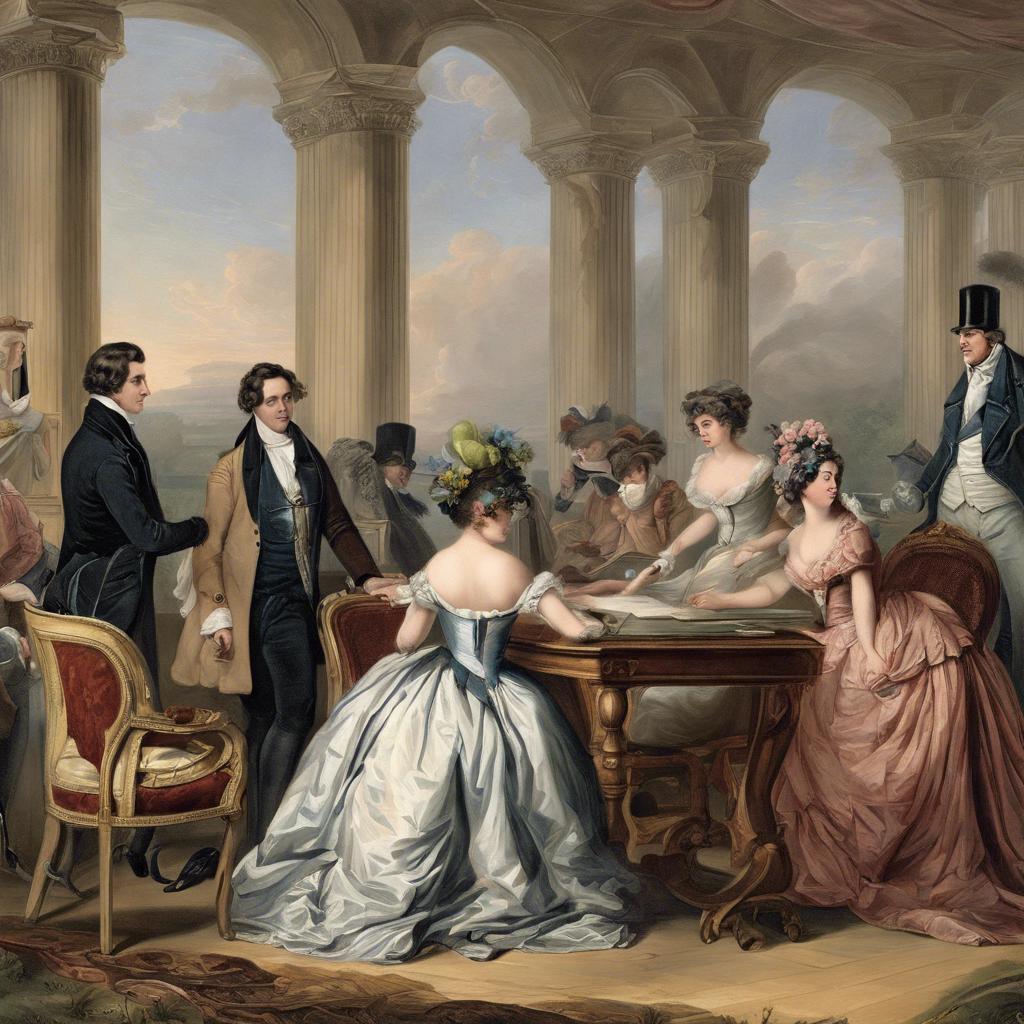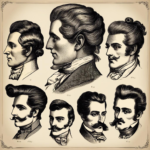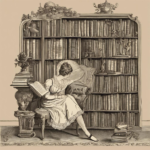The History of the Regency Era: A Thorough Guide
The Regency Era,spanning from 1811 to 1820,is a captivating period in British history characterized by notable cultural,political,and social developments. Often romanticized in literature and film, this era was named after the Prince Regent, George IV, who ruled during the absence of his father, King George III. In this comprehensive guide, we will explore the rich history of the Regency Era, including its notable figures, social changes, and artistic achievements.
1. A Brief Overview of the Regency Era
Even though the Regency Era is commonly recognized for its artistic and cultural advancements, such as the works of Jane Austen and the architectural contributions of john Nash, it also coincided with moments of political turmoil and social change. This period was marked by a reaction against the excesses of the previous Georgian era and was characterized by distinct styles in fashion,decor,and social norms.
- Time Frame: 1811 – 1820
- Key Figure: George IV (Prince Regent)
- Main Events: Napoleonic Wars, Industrial Revolution, social reform
2. Political Context of the Regency Era
The Regency Era unfolded against a backdrop of significant political changes and conflicts. The Napoleonic Wars (1803-1815) greatly influenced British society, leading to heightened nationalism, economic hardship, and debates over social reform.
2.1 The Napoleonic Wars
the culmination of the longstanding conflict between Britain and France, the Napoleonic wars significantly impacted the lives of many Britons. The wars fostered national pride but also economic strain.
- Increased taxation to support the war effort
- growth in military enlistment, affecting demographics
- Emergence of radical politics in response to social inequalities
2.2 Social Reform movements
The Regency Era was a precursor to many social reforms, notably influenced by the humanitarian movements of the time. key reforms included:
- Labour rights and the beginnings of unions
- Reforms in education and access to the arts
- Advancements in women’s rights, inspired by writers such as mary Wollstonecraft
3.cultural Achievements of the Regency Era
This period is renowned for its cultural contributions across various disciplines, including literature, architecture, fashion, and the visual arts. Some of the most significant achievements include:
3.1 Literature
The Regency Era was a blossoming time for literature, with authors like:
| Author | Major Works | Contribution |
|---|---|---|
| Jane Austen | Pride and Prejudice, Emma | Explored themes of love, class, and morality |
| Lord Byron | Childe Harold’s Pilgrimage | Defined the archetype of the Byronic hero |
| Mary Shelley | Frankenstein | Pioneered the genre of science fiction |
3.2 Architecture
The Regency Era marked a significant evolution in architecture,primarily through the work of John Nash,who designed iconic structures such as:
- Regency Park
- The Royal Pavilion,Brighton
- various terraces and squares in London,showcasing the Regency style
3.3 Fashion and Society
Fashion in the Regency Era was characterized by simplicity and elegance. Key elements included:
- High-waisted “empire line” dresses for women
- Tailcoats, waistcoats, and breeches for men
- Emphasis on natural fabrics and light pastel colors
4. everyday Life in the Regency Era
Life during the Regency Era varied significantly depending on social class.Below is a glimpse into daily life across different strata:
| Social class | Daily Life | Leisure Activities |
|---|---|---|
| Upper Class | Hosted balls and dinner parties | Hunting, attending the theater |
| middle Class | Engaged in business and education | reading, visiting museums |
| Lower Class | Worked long hours in factories or agriculture | Folk music and local fairs |
5.The Legacy of the Regency Era
The impact of the Regency Era continues to resonate today, as seen in:
- Literature inspired by the period, evident in contemporary romance novels
- Modern adaptations of Austen’s works in film and television
- Historical reenactments and interest in Regency ball culture
6. Conclusion
the Regency Era was a unique period that fostered significant cultural, political, and social advancements.This era not only laid the foundations for modern Britain but also left a lasting impact on literature, architecture, and fashion. By understanding the complexities and nuances of the Regency era, we gain vital insights into the ongoing evolution of British society and culture. Embracing this rich history allows us to appreciate the artistic and reformative legacies that continue to shape our world today.


